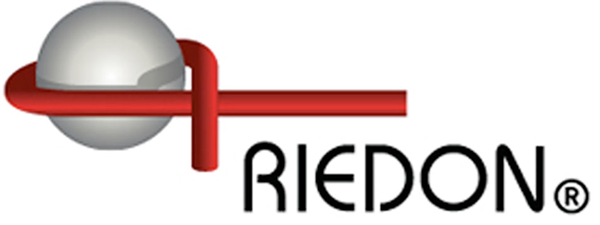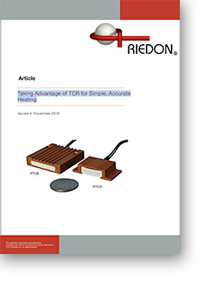Wirewound vs. Film Resistors
Wirewound resistors have been around for a long time. They enjoy a long life because they have some very important features not duplicated by new technology products. If you must optimize circuit designs where precision is important, you should understand those characteristics.
For most of the history of electronic and electrical circuits, wirewound resistors were the only game in town for precision resistances. Wirewound precision resistors have some important characteristics. First, they can have very tight resistance tolerances . . . 0.005% is commonly achieved. More important, they are stable (15-50ppm/yr) maintaining their precision over time because they are made with stable materials. Their TCR (Temperature Coefficient of Resistance) is low (<10ppm/°C) and can be controlled by selecting special wire alloys. (Usually, you need the lowest TCR, but a higher TCR has special interest in some applications.)
In the past, the bulk of the resistor market went to carbon composition products. They are not accurate; you can sort them to tolerances of about 1% at best. They are unstable, have poor TCR (1000 ppm/C) and generate electrical noise. Low cost is their advantage. Now, film technology products are replacing carbon resistors.
There are two common film types, thick film and metal or thin film. Thick film resistors are made by silk-screening conductive paint onto an insulating substrate. The paint is "fired" to make the assembly permanent. Thick film resistors have many carbon resistor characteristics. On the good side, they can be made small and are low cost in high quantities. However, they cannot have tight resistance tolerances (>0.1%), they have large TCR (50-100ppm/C) and they are unstable (500-1000ppm/yr.) Thick film technology is especially important in hybrid and integrated circuits because resistors can be "printed" onto the substrate, eliminating board loading and soldering steps.
Metal film resistors are a better technology. They are made by an evaporation/deposition process where a base metal is vaporized in a vacuum and deposited on an insulating substrate. Compared to precision wirewounds, they are not as accurate (>0.01%), have higher TCR (20-200ppm/C), and are not as stable (200-600ppm/yr.) They can be small for "chip" applications, are low cost in high quantities, and are excellent in high frequency and fast rise time applications.
It is obvious; the key to selecting wirewound or metal film precision resistor technology is in the application. To summarize:
| | Wirewound | Metal Film |
|---|---|---|
| Tolerance | Best | |
| Stability | Best | |
| TCR | Best* | |
| Rise Time | Best | |
| Size | Best | |
| Cost | Best |
If the application involves fast rise times (microseconds) or high frequencies (megahertz), metal film products are best. When cost is the only consideration, use metal films. (Incidently, on a board full of "normal" components, the higher cost of a few precision resistors will have a small total cost impact.) If size is critical, as in hybrid circuits and "chip" applications, metal films have the advantage.
But, if ACCURACY is critical - use wirewound resistors!
In applications where accuracy and stability are important, wirewound resistors offer the important features. Tolerances can be as tight as 0.005%, and long-term stability is factors better than for metal films. TCR can be extremely low, or tailored for special circuit applications such as temperature compensation.





